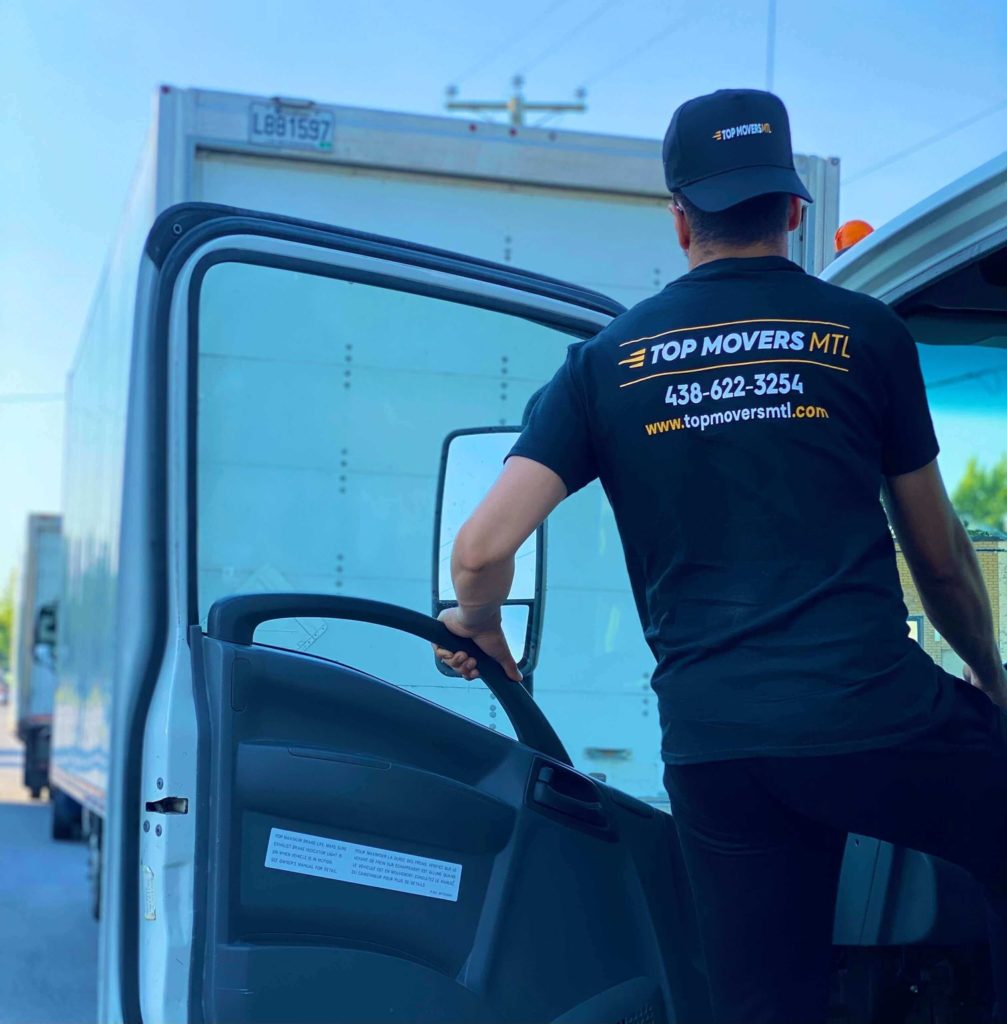Moving between states isn’t just a matter of distance; it involves choosing the right transport partners.
This article offers a unique look at how to handle long-distance moving effectively.
Stay with us to discover how to select the best interstate moving companies.
Why Moving Across States Requires Special Planning
Interstate moving isn’t just a longer local move—it’s a regulated process.
You also need to account for different transport rules in each state.
Understanding the scope of an interstate move prepares you to budget more accurately, manage your time better, and set realistic expectations for delivery and setup.
Tips for Choosing the Best Interstate Movers
Look beyond flashy websites and ask for proof of compliance and customer reviews.
Request detailed quotes from at least three companies.
Trust your instincts: if something feels off or too good to be true, it probably is.
Factors That Influence Interstate Moving Costs
Several factors shape the price of interstate moving services. The biggest is distance—the longer the trip, the higher the fuel, labor, and time costs.
For long-distance moves, some companies offer flat rates, while others charge per pound or cubic foot. Make sure you understand the pricing model before signing.
Planning ahead and informing your moving company about these conditions helps avoid surprise charges on moving day.

Step-by-Step Guide to Organizing a Long-Distance Move
Proper planning is the foundation Tem Uber que faz carreto? of a descubra como fazer successful veja mais sobre interstate move. Start by creating a timeline—ideally 8–12 weeks before your move date.
Decide what to sell, donate, or discard to reduce weight and save on moving costs. Less volume often translates to lower transport fees, so decluttering pays off.
Finally, prepare an essentials kit for the days surrounding your move.
Comparing Different Interstate Moving Services
Full-service movers handle everything, from packing to unpacking, ideal for busy professionals or large families.
Container services (like PODS) offer flexibility: you load the container yourself, and the company transports it across state lines.
When comparing services, consider your priorities: Do you value convenience or budget?

Top Pitfalls in Long-Distance Moves
Booking early not only secures better pricing but also gives you time to research and prepare properly.
Always verify USDOT numbers, insurance policies, and read contracts carefully before committing.
Invest in proper materials, label every box, and consider letting professionals handle specialty or high-value items to avoid costly mistakes.
How to Reduce the Cost of a Long-Distance Move
Hold a garage sale or list items online to offset some moving expenses.
Next, compare quotes carefully.
Combining professional help with DIY strategies creates a cost-effective balance that fits your budget and schedule.
Wrapping Up Your Interstate Moving Journey
In summary, a successful interstate move depends on careful planning, smart budgeting, and choosing the right service providers.
Remember: the best moving experience combines preparation, trusted professionals, and flexibility to handle surprises.
As you get ready to embark on your interstate move, stay organized, communicate clearly with your movers, and keep your goals in sight.
Common Questions on Long-Distance Moves
What’s the cheapest way to move between states?
The cheapest options include renting a moving truck, using a freight trailer, or downsizing your load to reduce weight.
What’s the best timeline for booking interstate movers?
It’s best to book movers at least 6–8 weeks in advance, especially during busy seasons.
What should I leave out of my moving boxes?
Movers typically won’t transport hazardous materials, perishables, firearms, or plants across state lines.
What insurance options are available for long-distance moves?
Most interstate movers include basic valuation coverage by law, but it’s minimal.
How do I know where my shipment is?
Many professional interstate movers offer shipment tracking systems or regular status updates.
Comments on “Optimizing Moving Across State Lines for Individuals”